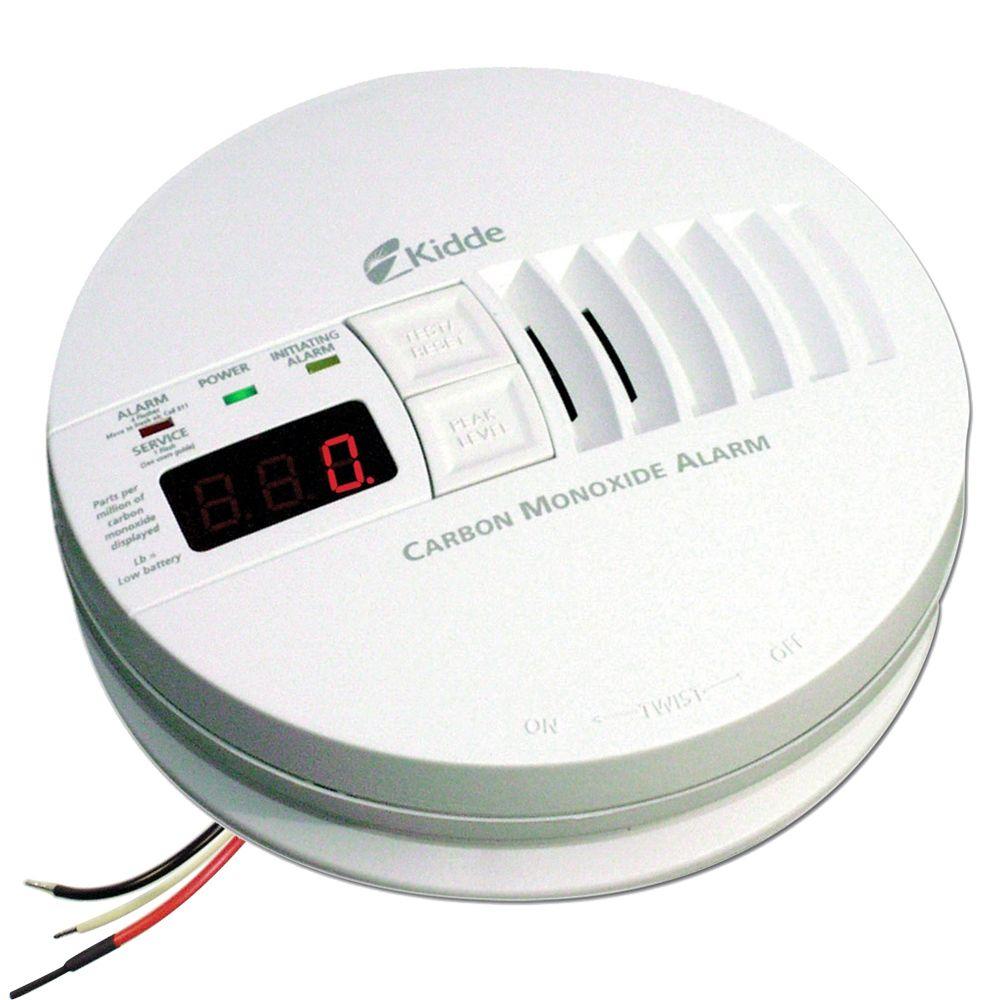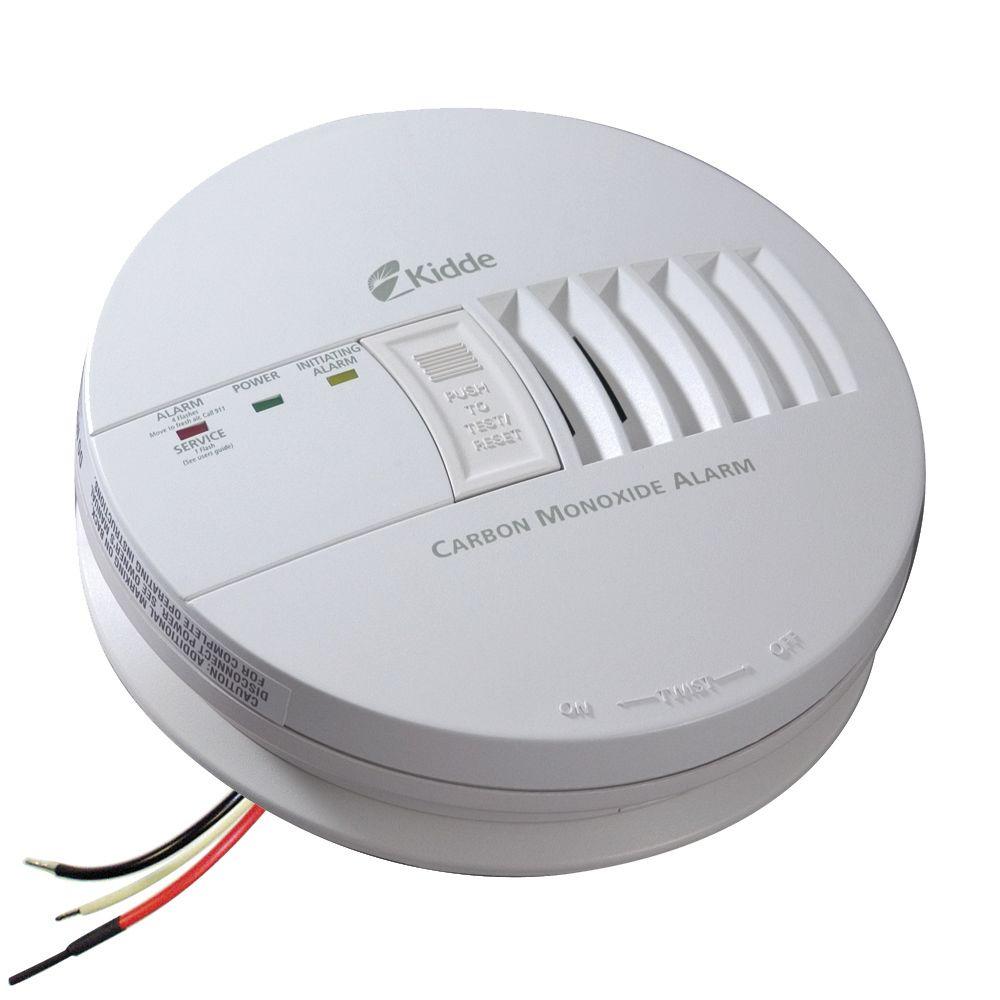The word carbon monoxide (CO) is probably the most common cause of accidental death in the home. It is a colorless, odorless gas that can be lethal at very low concentrations. The reason for this is that it passes through the body without being noticed by the conscious human. CO binds with haemoglobin and blocks oxygen from getting to the cells which causes brain damage and death.
The average concentration of CO inside the home is about 0.05 parts per million (ppm). At this level there are no obvious symptoms but when CO levels reach 1 ppm, a person will feel dizzy, nauseous and disorientated. A fatal dose would normally take 10 minutes or less. If you suspect that a family member has been poisoned call an ambulance immediately. If you see your child unconscious on the floor then leave them where they are until help arrives.
Carbon Monoxide detectors are designed to protect you from this deadly poison. However, these devices have one major weakness. They need someone to press the alarm button before they go off. If nobody hears the alarm then you may as well have not had them installed. So what should you do if you think that the house is full of CO?

In some situations a CO alarm cannot be used because it’s too dangerous to try and remove the source, such as burning woodstoves and grills. In these cases it may be necessary to open all doors and windows to allow fresh air into the house. If this does not work then you have two options. You can either wait for the device to alert you or use an alternative method of detecting CO.
If you choose to rely on the alarm mechanism then you can buy a ‘passive’ type CO detector. These alarms do not require any battery power to operate. There are three main types of passive detectors available – electronic, ionisation and photoelectric. Each uses different technology to detect the presence of the poisonous gas.
Electronic CO detectors use a tiny thermistor to measure changes in temperature. When CO is present it absorbs infrared radiation and so reduces the surface area of the thermistor. This causes the internal resistance to increase and the voltage across the resistor drops. An electrical circuit detects this change and sounds the alarm.
Ionisation detectors are based on the principle of electron flow. Inside the detector there is an electrode coated with a material called zinc sulphide. As CO enters the sensor it becomes positively charged and attracts negatively charged electrons. This increases the current flowing between the electrodes. The detector works best within an enclosed room so the gas must first enter the building rather than simply permeate through a leaky chimney stack or faulty window.
Photoelectric detectors are similar to ionisation detectors but instead of using electrons, they use light beams. Inside the detector there is a small LED which shines a beam of light onto a phosphor coating on the opposite side of the glass. Any CO molecules absorbed on the phosphor particles will block the beam and prevent it reaching the photodetector. Photoelectric detectors are more suitable for detecting leaks outside the house and are often found in conjunction with other sensors.
If none of the above methods of detection work and you still believe that the house contains CO then you may want to consider using a ‘active’ type CO detector. These units require a battery pack to operate. There are many brands of active unit available ranging from £20 upwards. Once again there are three main technologies that can be used – electrochemical, mechanical and chemical.
Electrochemical CO detectors use a catalyst to reduce the amount of CO in the air. The catalyst reacts with the CO, forming water and releasing carbon dioxide. The released CO2 is then detected by the sensor. Electrochemical detectors are usually more sensitive than passive monitors and are therefore better suited to detecting low levels of CO.
Mechanical detectors use a fan to draw air through the detector. The fan will stir up the air causing CO present to dissolve. This dissolved CO comes into contact with a metal electrode inside the detector. The CO dissolves the metal and forms a layer of solid CO on the electrode. The CO concentration is determined by measuring how much metal remains in the solution. Mechanical detectors are generally cheaper than their electrochemical cousins however they are only useful for detecting high levels of CO.

Chemical detectors use an enzyme to reduce CO in the air. This enzyme reacts with CO to form carbonic acid. Carbonic acid is measured by an indicator strip which changes colour in proportion to the concentration of CO. Chemical detectors are the most expensive option but also the most accurate.
Although CO detectors are essential pieces of kit, they are not infallible. If you live in an area where there is little CO production, such as rural areas or buildings with insulated walls, then you are unlikely to benefit from having a carbon monoxide detector. Similarly, if you suffer from asthma then a monitor could make your condition worse. The safest advice would be to check out the advice given by your local fire service.
A person who is planning to purchase the carbon monoxide detection should gather the complete detail of the same. Their main task is to collect the detail of the Stories of a House and then accordingly take the decision that will be right for that time. The focus of the people must be to reach the goals on time and in effective manner.
